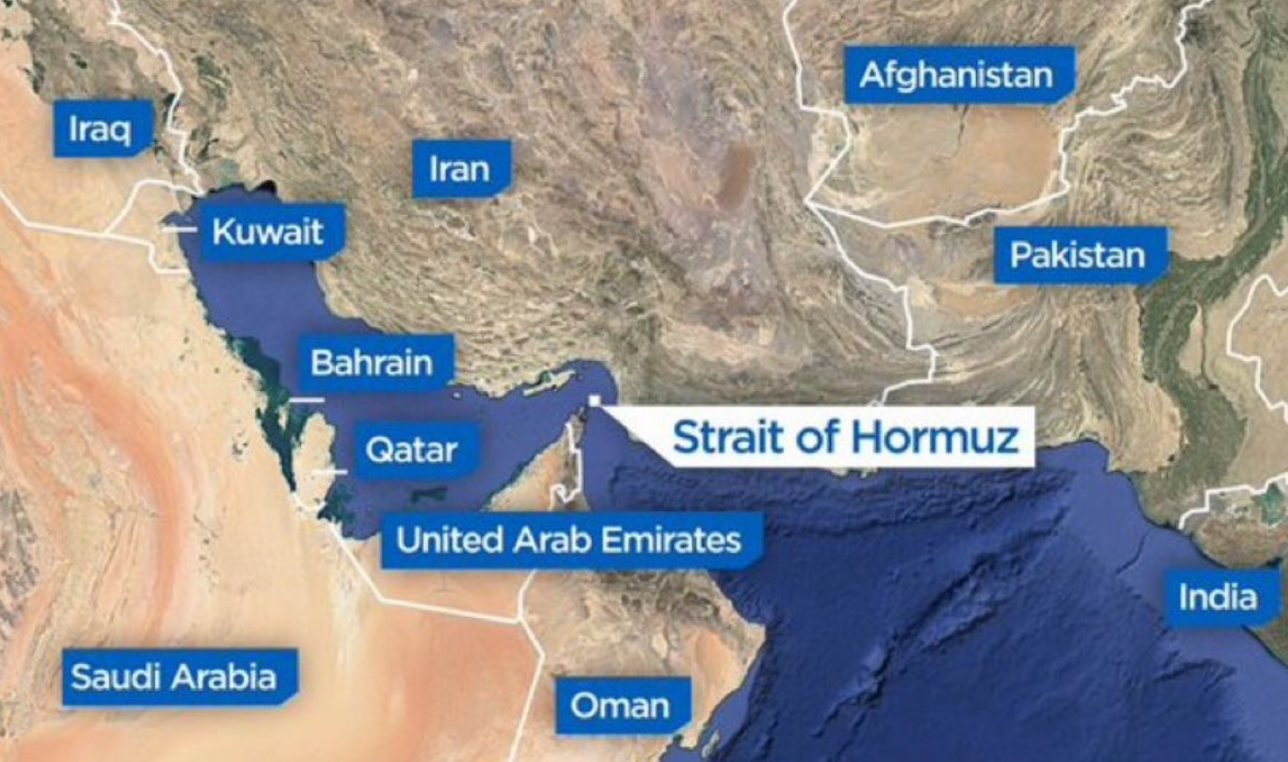Tensions in West Asia reach a critical point as Iran threatens to close the Strait of Hormuz after US strikes on its key nuclear sites. With global oil trade at risk, energy markets react sharply. Experts analyze the military strategies of Israel and the tough stance of President Trump, as the world watches this dangerous escalation closely.
Tensions Escalate in the Gulf: Strait of Hormuz Under Threat Amid US-Iran Conflict
The conflict in West Asia has entered a dangerous new phase. After eight days of intensifying hostilities, US President Donald Trump issued a stern warning to Iran, stating that the ongoing situation cannot continue. He made it clear that there are only two options ahead: either peace or a tragedy for Iran far worse than anything witnessed so far.
The latest flashpoint centers around Iran’s threat to close the Strait of Hormuz, a crucial chokepoint for global energy trade. This narrow waterway, situated between Iran and Oman, spans just 33 kilometers at its narrowest point. Despite its limited width, the Strait of Hormuz is one of the world’s most vital maritime routes, handling approximately 21 million barrels of oil per day, which accounts for about 21 percent of global oil trade. Additionally, it serves as a passage for one-third of the world’s liquefied natural gas exports. Even a partial closure of this route could significantly disrupt global energy supplies and send oil prices soaring.
The implications of Iran’s threat are enormous, not only for the global economy but also for specific countries dependent on this route. Saudi Arabia, the United Arab Emirates, Iraq, and other Gulf nations rely heavily on the Strait for their energy exports. For India, about 2 million barrels of its daily oil imports transit through this crucial waterway. However, India’s Minister of Petroleum and Natural Gas, Hardeep Singh Puri, has reassured the public, stating that India has diversified its sources enough to withstand potential disruptions.
The global energy markets have already started reacting to the growing uncertainty. Analysts are warning that oil prices could surge to $80 a barrel if the crisis escalates further. The Indian government, under the leadership of Prime Minister Narendra Modi, has been closely monitoring the situation and is prepared to address any fallout from a possible closure of the Strait of Hormuz.
In Washington, US Secretary of State Marco Rubio has sharply condemned Iran’s threats, labeling them as “economic suicide.” He warned Iran against making another grave mistake, emphasizing that any aggressive move could trigger severe consequences. Tensions are running high as the world watches the Strait of Hormuz, fully aware of the global stakes involved.
Senior political scientist Rafael S. Cohen provided additional insight into the unfolding crisis. According to Cohen, Israel’s military campaign against Iran has focused on two primary objectives. The first is to neutralize Iran’s nuclear capabilities, which led to recent targeted strikes on key facilities such as Natanz, Isfahan, and the American strike on Fordo. The second objective is to weaken Iran’s growing missile capabilities, which pose a significant threat to Israeli infrastructure. Israel has been targeting missile launchers, production facilities, storage sites, and related infrastructure to mitigate this threat.
Furthermore, in order to successfully strike both nuclear and missile facilities, Israeli forces have prioritized dismantling Iran’s air defense systems, which have become a central target of Israeli operations over the past week and a half. Cohen also pointed out that President Trump’s ultimatum to Iran is serious. Trump has clearly offered Iran a choice: enter negotiations to limit its nuclear program or face escalating US military action, potentially including strikes aimed at Iranian leadership and efforts to destabilize the regime itself.
The situation remains highly volatile, with the world’s attention focused on the Gulf region. The coming days will be critical in determining whether diplomacy prevails or if the crisis escalates into a broader regional conflict with far-reaching consequences.
Disclaimer:
The information provided in this article is based on publicly available reports, expert opinions, and ongoing developments. The situation remains fluid and facts may evolve. Readers are advised to follow official government and international updates for the latest information. This article is intended for informational purposes only and does not represent any political stance or financial advice.

